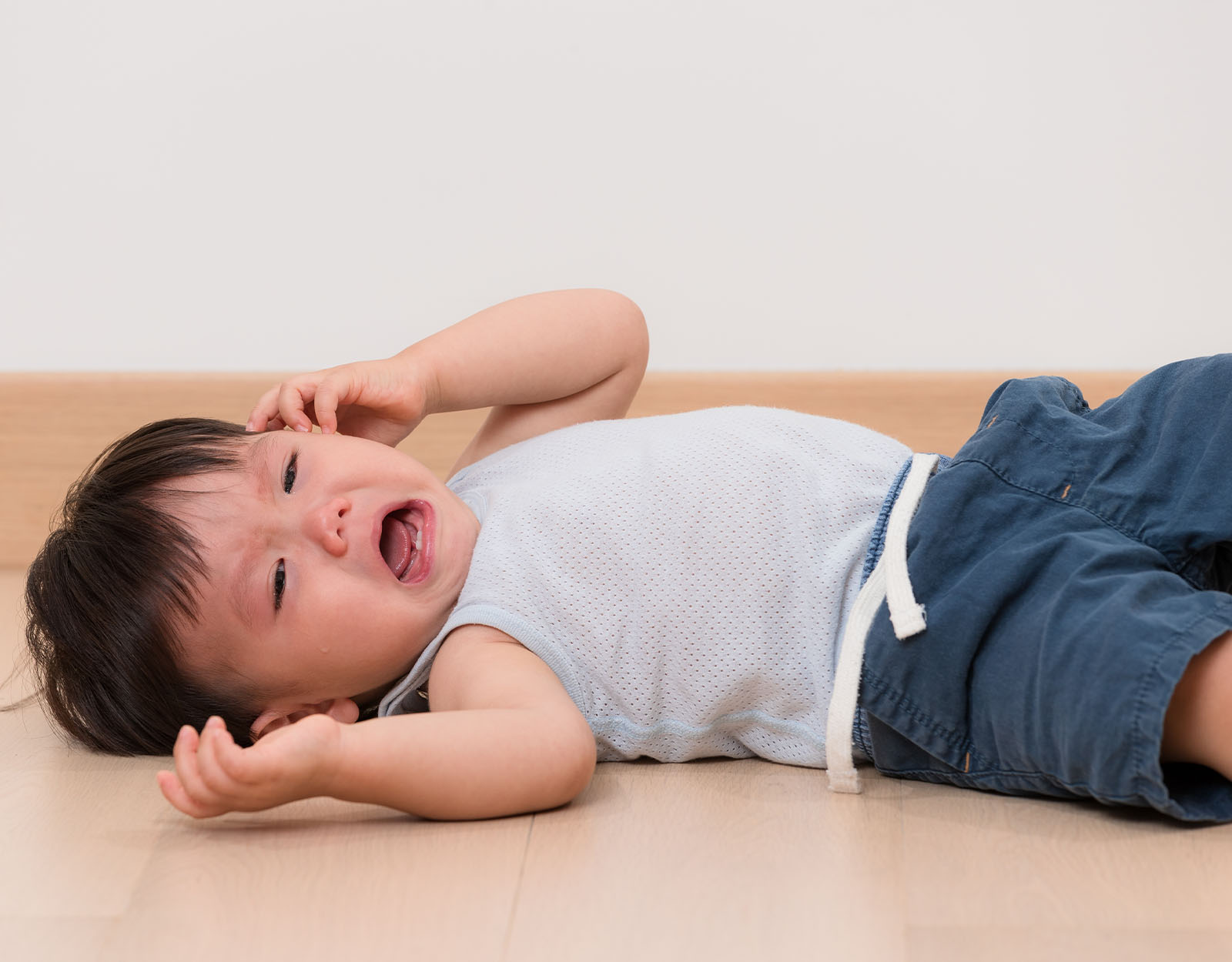Allowing Emotions to Show Does Not Make Us “Soft” Parents
If anything, allowing ourselves and our kids to freely express emotions makes us a lot stronger as parents.
Many say the real test of a parent’s mettle—or anybody’s capacity to be a parent—is how well they handle meltdowns and emotions. While it’s true that kids can be angels, it is also true that they can turn into gremlins in an instant. This can take on many forms—from tantrums (crying, kicking, and screaming) to aggression (hitting, punching, and biting), defiance, and isolation, among others.
And when this happens, we have two options: let their emotions go and just ride the wave or nip it in the bud right there with a good whack or two.

Why are some parents afraid to let negative emotions show?
After a busy day at work, there’s a whole laundry list of household chores. And let’s be honest: a yowling child is the last thing we want to deal with. When faced with that, that’s what makes the idea of spanking so tempting.
Smack! The shock of the blow will silence the child, giving us back our much-needed time to deal with everything else. It’s quick, fast, and if we grew up with it, it’s why we think we’re “fine” and “disciplined” despite it.
However, studies have proven that this old-school method of discipline does not work. It can cause kids to be more defiant, show aggressive behavior, have low self-esteem, and worse, even end up with mental health disorders!
Band-aid solution aside, there are many reasons why parents fear letting kids express their emotions. Some fear parent-shaming when they do so—feeling the judgment’s weight as other parents say things like “Such unruly children!” or “My parents would whack me if I did that.”
Meanwhile, others fear showing emotions in any way—whether it’s crying or getting mad—because it triggers an old childhood memory: “It’s wrong to show emotions, that’s why I got hit.” And because we also feel that it threatens the safety and peace of our homes, we go into “fight mode.” The common battle lines include “I’ll give you something to cry about!” or in Tagalog, “Papaiyakan kita talaga!“
How traditional parenting came to see emotions as a “weakness” or “softness”
Usually, our emotions start flying when things get distressing. Whether it’s a bad grade, spilled milk, or missing clothes, these are all distressing and take time—something that traditional parents learned is highly valuable and better used on something productive (i.e. studying, fixing the house, etc.)—to process and deal with.
And so, in an effort not to waste any more time, they overpower it with another emotion.
But overpowering is what makes the process longer because now it’s a battle for control. By layering on another emotion (usually rage and frustration at said emotion), we don’t get to the root of the problem. We scare our kids instead. The kids then learn that their emotions make us angry, even if it doesn’t make sense.
So when they cry out and say “sorry” repeatedly, the message they’re actually sending is: “I’m sorry for crying and making you mad. I’m trying to stop because you’re angry.”
Thus, we lose the original message in the fight. By escalating, we stop their meltdowns in the short run. But in the long run, the message we’re sending is: “Your discomfort annoys me. Shut up and deal with it yourself.”
To respond instead of react
It’s easy to shame a parenting style that allows emotions because we don’t like seeing tears or hearing our kids cry. We recognize those sounds as distress and they ring all the warning bells—sending us into a state of fight, flight, or freeze.
But there is a way to “actively” allow these emotions to flow. And that’s by choosing to follow where it leads and finding out what’s causing the ruckus. Yes, it’ll take a lot of work to respond instead of react, but as parents, we need to prioritize understanding and empathizing with our children’s emotions.
How? By fostering open communication and controlling ourselves from getting angry or brushing them away. Once we sit down and talk with our kids—processing what they’re feeling with them by talking about it—then they’ll have a better (and less destructive way) of expressing their negative emotions.

But this is different from just “letting it go!”
Some think that letting emotions fly is synonymous with parents allowing kids to do whatever they want. But the truth is, we’re actually trying to channel their emotions somewhere else. We are still abiding by the rule that time is valuable. Emotions are an energy itself and finding a way to channel that properly saves time. Plus, it’s a more constructive method that doesn’t cause any bad blood between you and your kids.
At the same time, there is a different kind of strength we use to stop ourselves from being “carried away.” Fighting the triggers and the urge to “love and protect our babies from discomfort” while staying aware of the time—that level of fortitude is not easy to maintain. Even more so if we’ve grown up in a household that often escalated things instead of leveling them.
Besides, emotions fuel us to do incredible things. Love is one such emotion and we can see what it makes us do for our families.
More about parenting?
How Parenting and Love Makes Us Learn, Unlearn, and Relearn
Markus Paterson on Co-Parenting: It Takes Two
To All Cycle Breaking Parents, We’re With You





